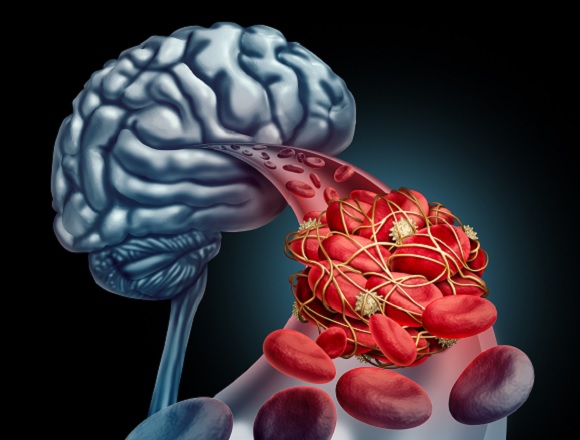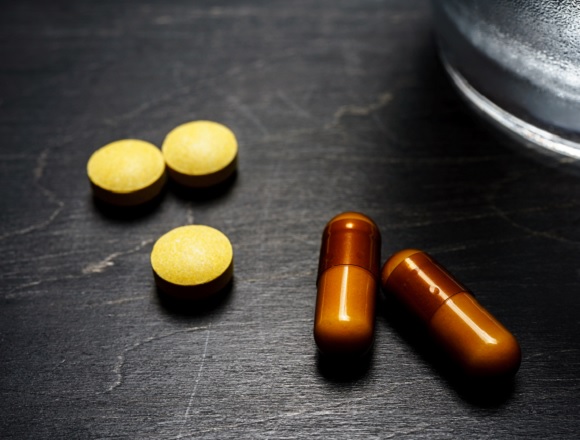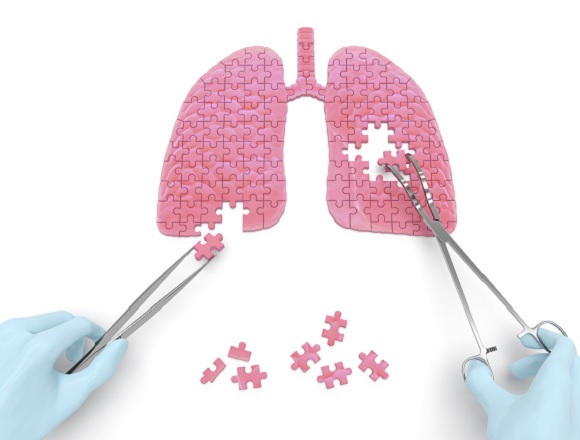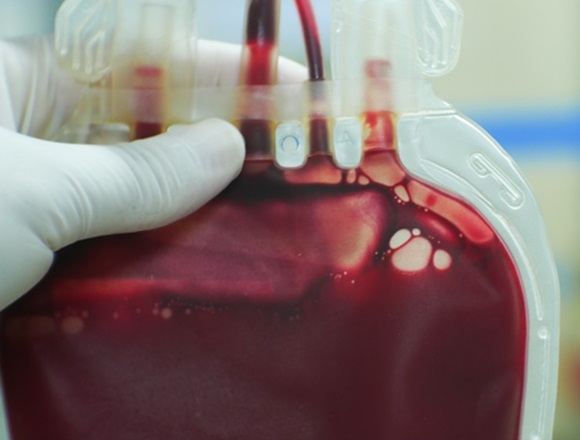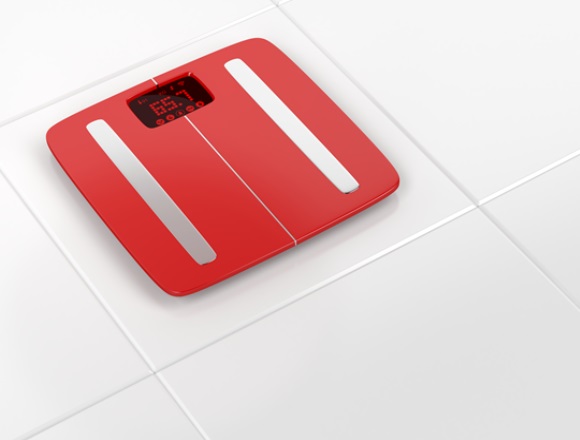References
Anand A, Mathew SJ, Sanacora G, et al. Ketamine versus ECT for Nonpsychotic Treatment-Resistant Major Depression. N Engl J Med. 2023 Jun 22;388(25):2315-2325. doi: 10.1056/NEJMoa2302399. Epub 2023 May 24. PMID: 37224232.For the related Publications of the Week on psilocybin in major depressive disorder, click here.
Background: Management of treatment-resistant depression, defined as a failure of 2 consecutive antidepressant medications used during a depressive episode, is challenging and may include traditional electroconvulsive therapy (ECT) or the much more recent use of low (nonanesthetic) doses of ketamine (a sedative with potential for general anesthesia). The comparative efficacy and safety profile of those modalities is not clear.
Methods: This randomized controlled trial included 403 participants aged 21 to 75 years diagnosed with major depressive disorder of at least moderate severity and without psychotic symptoms. The use of other medications was allowed and frequent (typical antidepressants in the majority of patients and, in addition, atypical antipsychotics [~30%], benzodiazepines [~30%], atypical antidepressants [>40%], and anticonvulsants [>25%]). During the active treatment phase ECT was administered 3 times a week and intravenous ketamine was given twice a week at a dose of 0.5 mg/kg over 40 minutes. Following those 3 weeks patients could be treated as decided by their primary clinician.
The main outcome, examined at the end of the 3-week treatment period, was response to treatment according to the Quick Inventory of Depressive Symptomatology–Self-Report (QIDS-SR-16; a 16-item instrument with scores ranging from 0 to 27 and higher scores indicating more severe depression), defined as decrease in the score by ≥50%. Secondary outcomes included response to treatment according to the Montgomery–Åsberg Depression Rating Scale (MADRS; range, 0-60; higher scores indicating more severe depression) and remission (understood as a score of ≤5 on the QIDS-SR-16 or ≤10 on the MADRS). A memory test and quality of life questionnaires were also used.
Results: Response to treatment at the end of the 3-week period, according to the QIDS-SR-16, occurred in 55% of patients in the ketamine group and 41% in the ECT group (a difference of ~14 percentage points; 95% CI, 4-24 percentage points). Response according to the MADRS occurred in 51% of patients in the ketamine group and 41% in the ECT group. QIDS-SR-16–based remission was reported in 32% of patients in the ketamine group and 20% in the ECT group, and the corresponding numbers for the MADRS were 38% and 22%. Memory and cognitive problems were comparatively more pronounced in the ECT group. Dissociative symptoms affected patients in the ketamine group on most treatment days.
Conclusions: The authors concluded that ketamine has at least comparable effects to ECT on treatment-resistant depression.
McMaster editors’ commentary: The frequency of depressive episodes combined with limited efficacy of the majority of widely used methods make treatment-resistant depression an important issue. The severity of this illness and consequences to patients and their surroundings make the availability of alternatives very appealing, prompting their increasing use. Safer modes of delivery allowing for easier access and less supervision (eg, intranasal administration) are becoming more commonly available.
 English
English
 Español
Español
 українська
українська





